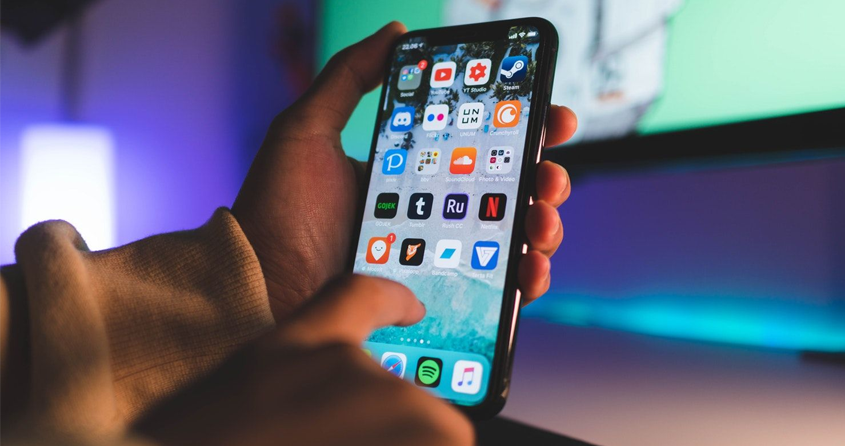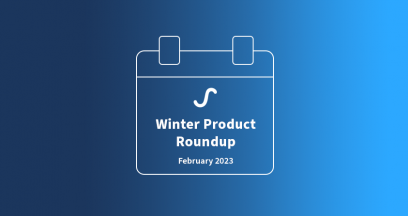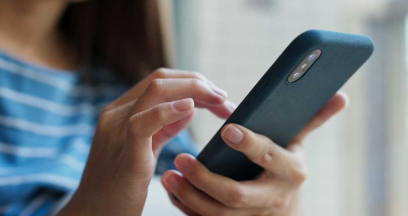User engagement metrics are so important that the top apps often use them to dictate the direction of their product developments and improvements. After all, the extent to which users engage with your app is a direct reflection of how accurately you are meeting their needs.
And with users receiving so many emails and notifications every single day, getting through is more and more difficult.
As a result, increasing engagement is one of the main goals of app owners, as it’s the primary driver of customer loyalty and lifetime value (LTV) growth.
But with 95% of users churning within 90 days, brands need to find better, more contextual, and relevant ways of communicating with their users.
Engaging Your App Users
First, let’s briefly discuss the three ways mobile, web, and TV apps can interact with and engage their users.
Outside the App
Push notifications are the most recognized mobile messaging channel. They can be personal and relevant but exist outside the app to draw customers in, ideally sent in the context of users’ needs and behavior.
The average open rate for push notifications is 4.6% on Android and 3.4% on iOS. Android maintains a wide lead over iOS due to differences in how notifications behave on each device. When you unlock an Android device, notifications remain on the screen, requiring users to swipe to dismiss them. On iOS, the notification disappears when you unlock the device and is grouped with the app’s other messages in the notification center.
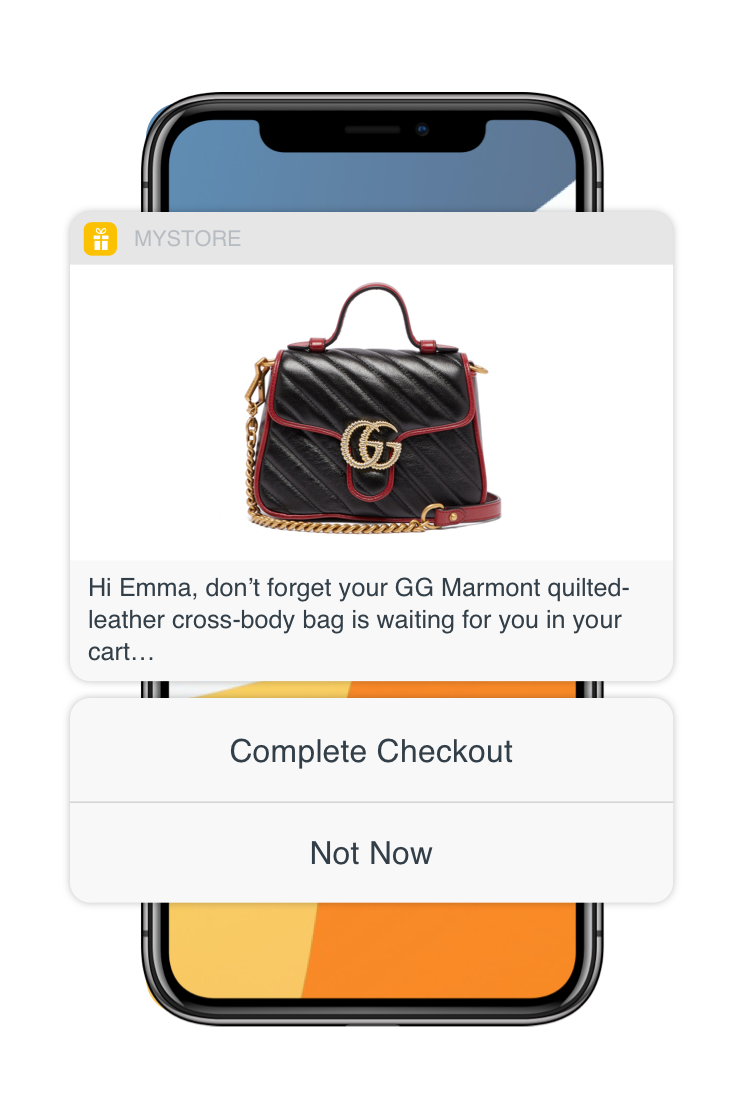
Overlay on the App
In-app messages are overlaid on top of the app and are used to draw attention to key features, updates, and other information. Done poorly; for example, a generic popup on app open can lead users to quickly ‘X’ or ‘Close’ without reading the message.
Done correctly, in-app messaging is one of the most effective ways to increase app engagement and retention. This is because when a user is directly active in an app, we have the capabilities of understanding their real-time intent (for example searching for a flight, browsing a clothing sale, or completing a level in a game) and reacting to that intent with highly contextual experiences.
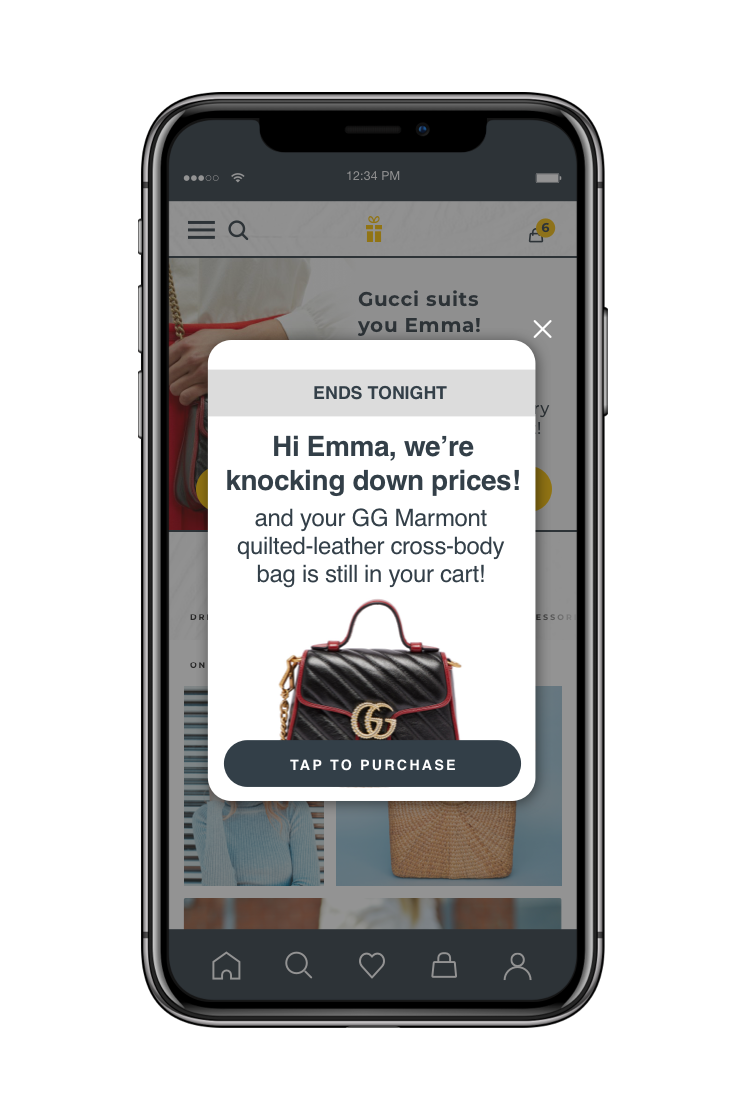
Inside the App UI
Embedded experiences exist within the app’s core UI, enabling brands to deliver personalized content that sits seamlessly native in the app. This revolutionary engagement channel creates a truly connected experience for users without interrupting their flow in the app.
Engagement rates for in-app are starkly different to push. In-app typically receives 8x the direct response rates of push notifications. Moreover, brands using personalized in-app messages experience user retention rates of 61% to 74% within 28 days of receiving the message.
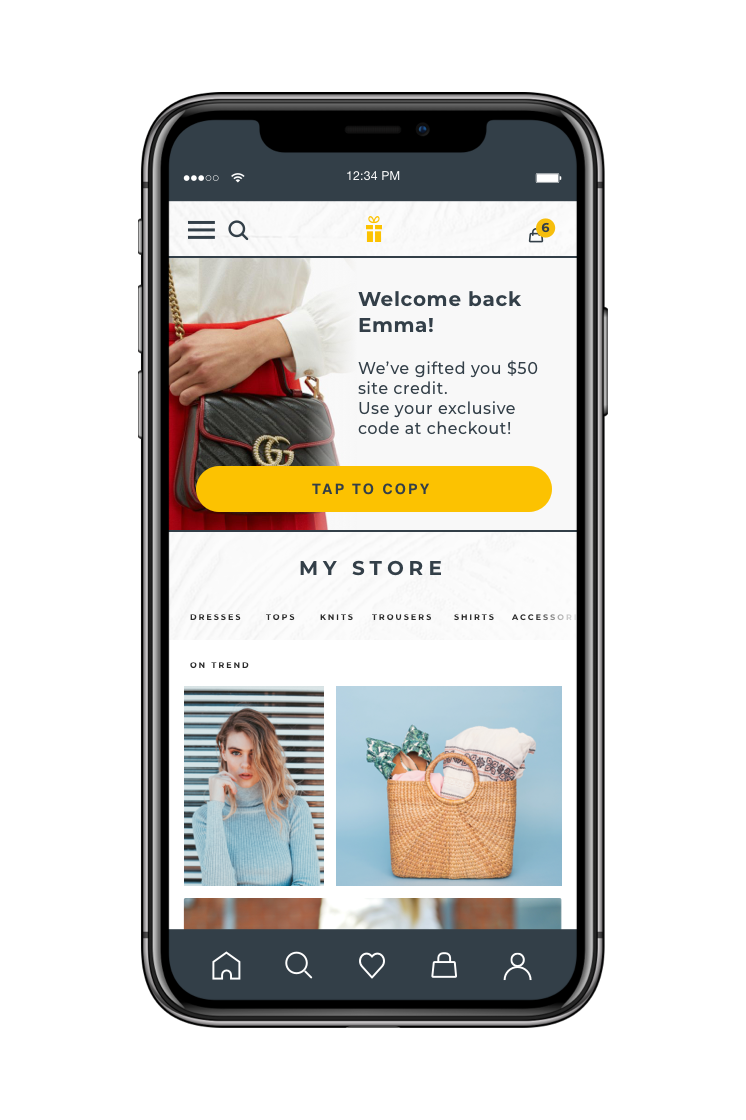
Considering the importance placed on privacy today, it’s a good time to mention the permissions required for each channel. For push, users must explicitly opt-in to receive notifications. And in the wake of frameworks like Apple’s ATT, it is becoming increasingly difficult to get user consent. With in-app and embedded, this isn’t an issue. The user is engaged while they are already active inside the app, meaning user reach is much higher for in-app.
Related: Strategies Brands Can Use to Increase User Opt-Ins
Push notifications and in-app messaging are highly effective channels for app engagement and retention. Add embedded experiences to your portfolio, and you have a solid mobile marketing strategy.
As a relatively new Swrve product, we will spend the rest of this article discussing embedded experiences in more detail.
Creating an Embedded Experience
“The aim of marketing is to know and understand the customer so well the product or service fits him and sells itself. The aim of marketing is to make selling superfluous.”—Peter Drucker.
Generic experiences and messaging just don’t work anymore. The more aligned your app experience is with users’ needs and preferences, the more likely they are to continue using your app.
That’s where in-app embedded experiences can help. Unlike traditional in-app overlays, embedded experiences natively update and personalize the app UI using real-time user properties. Similar to push and standard in-app messaging, embedded experiences are triggered by user behavior and preferences.
Used together with personalized touches on other channels, you can establish the best possible connection with your customers.
How Does Embedded Work?
Embedded experiences require marketers and developers to work together to create custom content in a raw format that is then downloaded to the app. The marketer provides the developer with the relevant data to update the app, and the developer translates this into a desired schema for the embedded campaign.
The plain text format gives the developer the power to build tailored, native experiences while the marketer can still leverage advanced targeting and triggering capabilities.
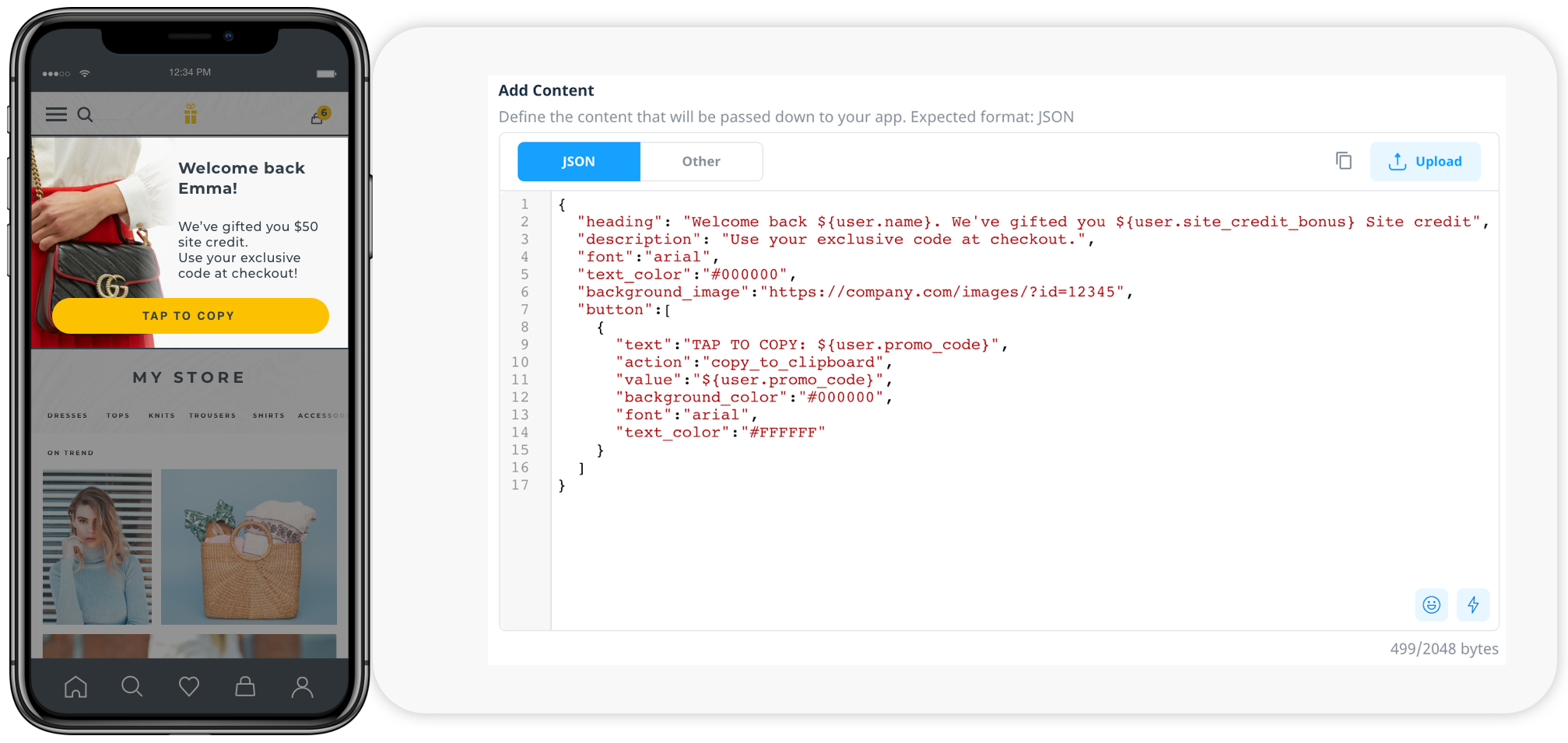
You can trigger the campaign at precise points in the app and use real-time user properties to include dynamic content—for example, the user’s favorite sports team, game character, or movie genre.
Read more about creating embedded campaigns with Swrve here.
Use Cases for Embedded Experiences
How are brands currently using embedded experiences to augment the app experience?
Similar to push and in-app messaging, embedded can be fully personalized and triggered based on precise moments of engagement, such as when the user lands on a specific page in your app, checks their app inbox, or activates a key feature. And you can target specific user groups by in-app behaviors, propensity to churn or purchase, recent searches, etc.
The beauty of embedded is that it doesn’t disrupt the user flow or require users to take action at that moment to continue what they are doing in the app. It sits natively within the app’s core UI until it meets the conditions you have set within the campaign e.g. the user clicks on the message, a certain time has lapsed, the user sees the message X number of times, etc.
Let’s look at some examples.
Convert Free Trial Users
A streaming app aims to increase its conversion rate of users moving from a free trial to a paid subscription. It decides to target users nearing the end of the trial with a personalized banner highlighting the great subscription bundles available.
To make the experience even more contextual, the message only triggers when the user searches for a new season of their favorite TV show.
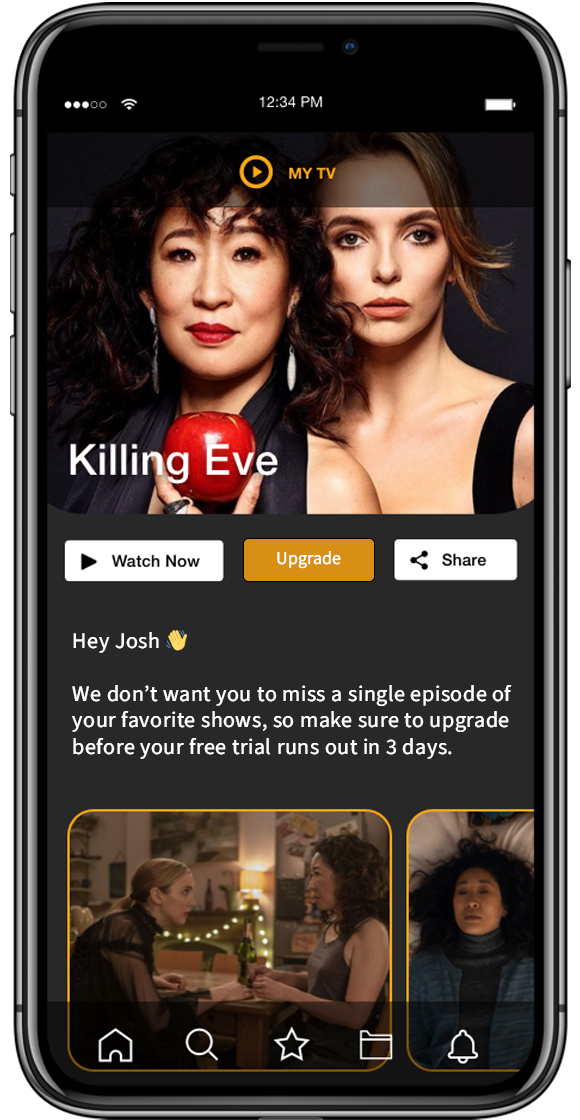
As you can see, the marketing medium is invisible while the experience remains super relevant to the user.
Related: Driving App Revenue Through Subscription Optimization
Upsell Additional Services
Traditionally, upselling required strong persuasion skills. Now, with the help of data, past user behavior, and real-time messaging capabilities, the process is much easier and feels more natural.
With the help of geo and real-time data, the below app understands the user is under some time pressure. They arrive slightly later than usual for their monthly commute and security has a longer wait time.
The app also appreciates that the user does not want to be interrupted with a popup while trying to read all of their flight information and concludes that a helpful embedded message will be the best way to assist this user with their journey.
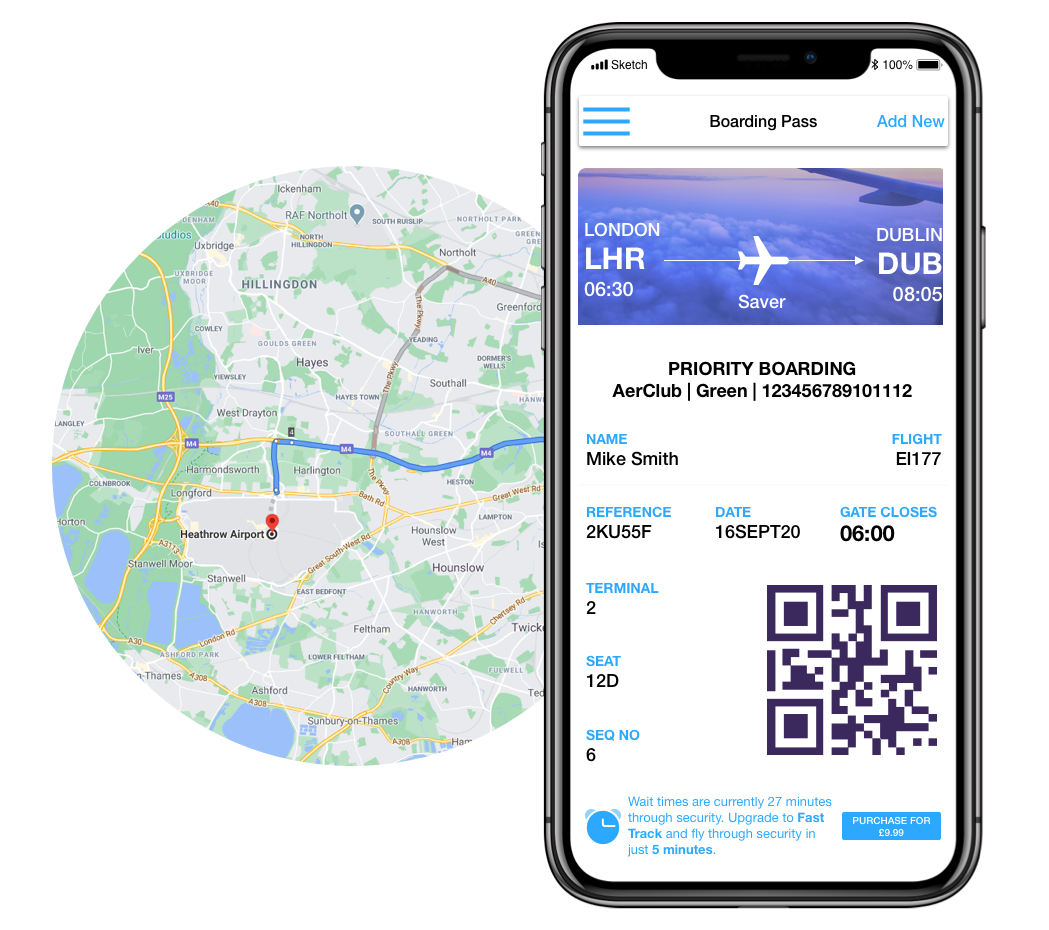
The app seamlessly informs the user of the wait time at security while suggesting a relevant upgrade for Fast Track. The offer remains available until the user proceeds through security. By being as targeted as possible with your offers, you ensure the in-product promotions don’t detract from the app experience.
Important Announcements & Updates
Embedded experiences are one of the most effective ways of guaranteeing your users become aware of an important announcement or update. Using a home screen banner, you can inject the message onto the app in a way that doesn’t interfere with how the user engages with the product.
If your product isn’t performing at 100% it’s imperative to let your users know. These are potentially frustrating experiences, but if you can be proactive, users will know what to expect and that you’re actively working to fix it.
The below example details an embedded banner notification addressing technical issues. Once the issue is resolved, the app follows up with a push notification thanking users for their patience and bringing them back into the product.
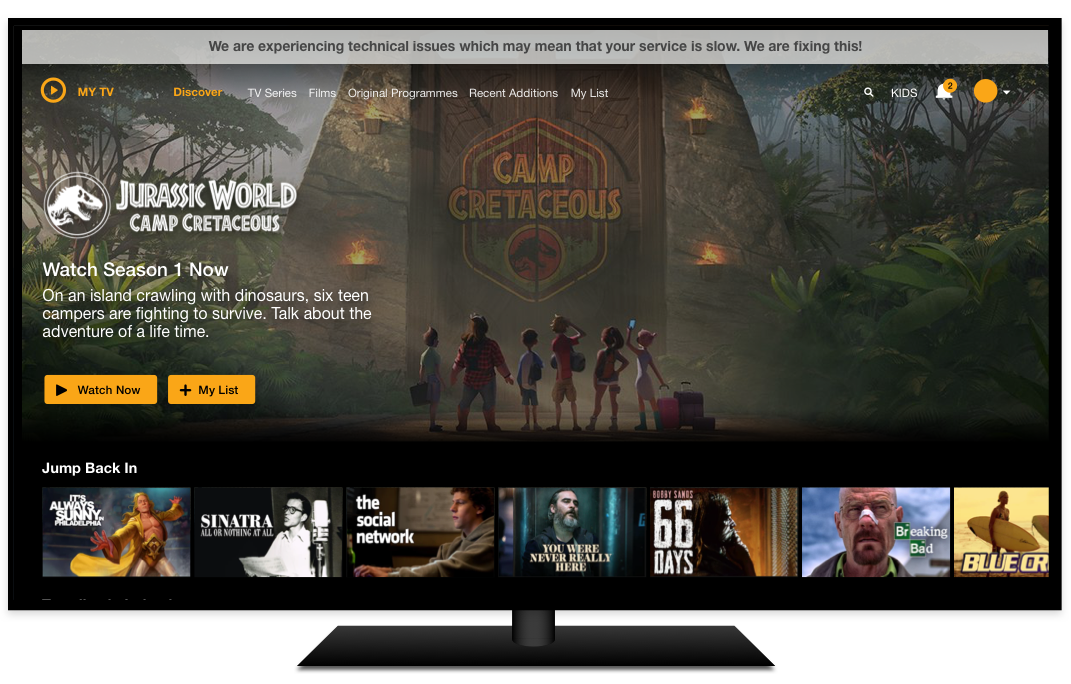
The message can remain in the app until the user carries out a specific action, visits a particular section of the app, clicks on the message, or like this example, the issue is resolved.
Resource A/B Testing
One of the most exciting features of embedded experiences is the ability to A/B test your campaign resources and app UI. Because the content sits natively in the app, it’s possible to test any element of your app, from branding, imagery, and CTA buttons to carousel speed and widget layouts. And all of this can be achieved without additional development time or app store submissions.
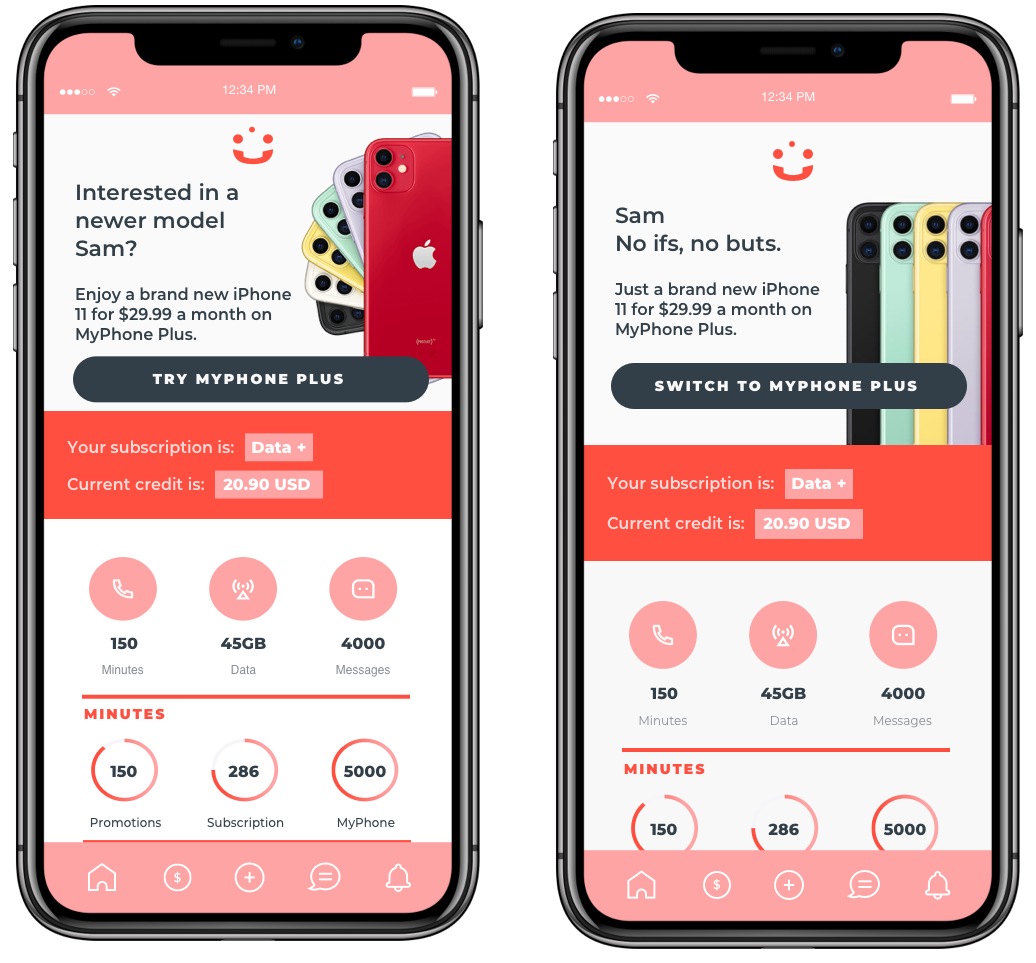
The below example is testing the navigation UX—hamburger vs. navigation bar. The version that results in more users doing what you want them to do will be the test winner. So, if a certain aspect of your app isn’t performing or could perform better, test different variants on an audience segment to determine where it can perform better.
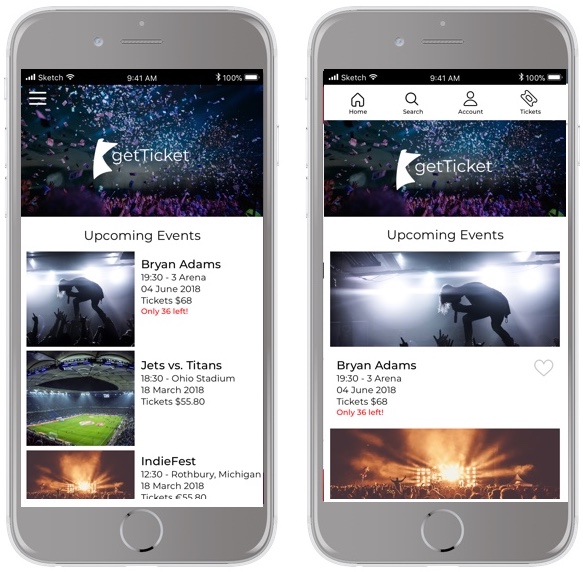
A/B testing allows app marketers to identify the best-performing content between two variants based on CTRs, conversions, or other goal-oriented actions. In other words, it provides a reliable framework for deciding the best variant which can maximize the desired action.
This removes the guesswork from campaigns and app design by pinpointing the elements users find most engaging.
Final Thoughts
Embedded experiences are like marketing incognito—the promotional ingredient is hidden, undercover, unexposed. Rather than merely personalizing the messaging (which users have come to expect as standard anyway), you are personalizing the entire app experience. That’s what makes this channel so incredibly powerful.
A winning app engagement strategy encompasses all three mobile messaging channels—push notifications, in-app messaging, and embedded experiences. Combining all three to deliver a truly immersive user experience is proven to increase retention and engagement.
To learn how easy it is to get started with embedded experiences and all the other features Swrve has to offer, book a 1:1 demo with our team of experts.



